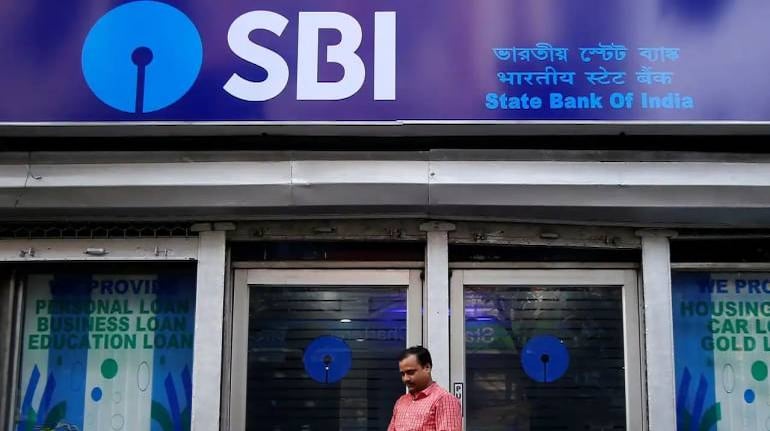



Let’s start with some numbers.
The latest annual report of the Punjab National Bank of India (PNB) says that the country’s second largest public sector lender in terms of assets paid a total of Rs 48 lakh to its Managing Director and Chief Executive Officer Atul Kumar Goel and Rs 42 lakh to Executive Director Vijay Dube in the financial year 2022-23.
Goel's counterpart in Bank of Baroda (BoB), Sanjiv Chadha, took home a total remuneration of Rs 43 lakh, while Executive Director Ajay Kumar Khurana got a salary of Rs39 lakh.
For K Satyanarayana Raju, Managing Director and Chief Executive Officer of Canara Bank, the figure stood at Rs 39.7 lakh and, for Executive director Debashish Mukherjee, it was Rs 42.6 lakh lakh.
Let's zoom in on the State Bank of India (SBI). Dinesh Khara, who heads the country's largest bank by assets, got an annual compensation of Rs 37 lakh in FY23, which was around 7.5 percent more than the previous year, according to the bank’s annual report.
 Banking Central
Banking Central
Now, let's move on to the private sector banks. And, this is what comes up:
Axis Bank Managing Director and Chief Executive Officer Amitabh Chaudhry took home a total compensation of Rs 9.75 crore in the fiscal year 2023 that included a basic salary of Rs 4.4 crore and perquisites of Rs 1.4 crore and deferred variable pay components for the previous years.
For HDFC Bank CEO Sashidhar Jagdishan, the annual package stood at Rs 10.5 crore. While Kotak Mahindra Bank CEO Uday Kotak chose to forego his salary, Joint Managing Director Dipak Gupta received Rs 5.43 crore.
A yawning gap!
Just for perspective, the country’s largest private sector lender HDFC Bank’s Jagdishan got 28 times more compensation than what country’s largest state-run bank’s chief Khara received in the fiscal year 2023.
But why do the chiefs and executives of state-run banks earn so less, despite managing comparable-size balance sheets, operate in the same competitive market in the same product segments where they are expected to match, or even better, performance parameters?
There are no answers here. Compensation disparity in the banking sector, particularly at the top management level, has always been a problem. The gap has widened even more in recent years. This is unfair for multiple reasons. Low compensation impacts the morality and puts them on a backfoot in front of their rivals. This is something most senior PSU bankers admit in private conversations but refuse to say openly, fearing a backlash from the government.
There are few exceptions, though. Former SBI Chairman Rajnish Kumar once jokingly said, "Road pe rehna padega", while referring to the pay of PSU bank brass. There are a few who would argue that the PSB chiefs enjoy perks such as bungalows, cars, and so on. But those are hardly an explanation for the huge disparity in salaries between public and private bank chiefs.
Even former RBI Governor Raghuram Rajan had highlighted this issue, saying that salaries of top-level employees of PSBs, including the RBI, are far less compared to global standards. "One of the problems, of course, is that public sector overpays at the bottom but underpays at the top, I also feel underpaid," he had said.
If the government is serious about turning state-run banks as aggressive as their private sector peers in competition and performance, it is high time the government looked at addressing the issue of compensation disparity in the banking sector. If the government wants PSU banks to perform well and beat their private sector rivals, then it should also prepare the ground for a level playing field.
Banking Central is a weekly column that keeps a close watch and connects the dots about the sector's most important events for readers.
Discover the latest Business News, Sensex, and Nifty updates. Obtain Personal Finance insights, tax queries, and expert opinions on Moneycontrol or download the Moneycontrol App to stay updated!
Find the best of Al News in one place, specially curated for you every weekend.
Stay on top of the latest tech trends and biggest startup news.